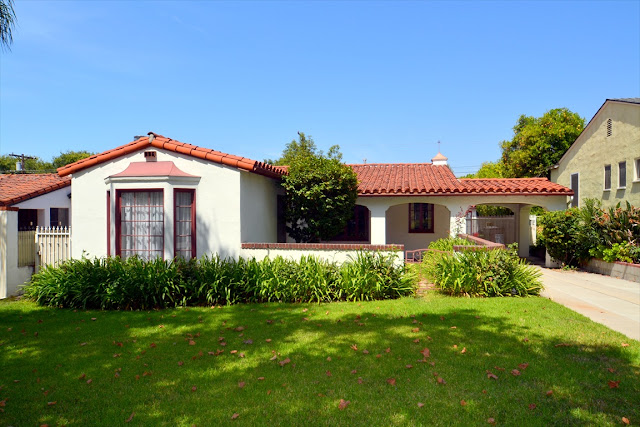INDIAN HERITHGE (A Premise for Arguments) (Page 1)
Indian Heritage - what do the two words bring to the mind? A pictorial jugglery of post-Card images in the first instance: Taj Mahal, the frescoes of Ajanta and Ellora, intricate latticed-screen jharokhas of Jaisalmer, ruined ramparts with formidable bastions, domed mausoleums with sky-touching pinnacles, the animate motifs of the myriad temples, more and much more...
Conservation of this heritage is a new-fangled movement in India, formally about three-decades old. Even from the perspective of cultural internationalism, the world has somehow become much more concerned to preserve and protect (and promote) its cultural and natural heritage in the last five decades. With rising global interest in conservation, it is essential to consider more inclusive ways of retaining significance of our heritage; to develop more articulated thoughts and actions for their sustained use and increased life. However, this entails highly specialised skills, poses several challenges and ethical queries.
Recognition of 'Little' Heritage and their values
The Central government through the Archaeological survey of India (AS) protects monuments more than 100 years old declared to be of national importance. The two acts chiefly pertinent here are the Ancient Monuments and Archaeological Sites and Remains Act of 1958 and the Antiquities and Art Treasures Act of 1972. Monuments of importance to the states are protected through the state enactments. However, existing legislation covers about 3667 monuments to be looked after by the central government and approximately 5000 by the states. Apart from the obligatory national and state lists and sporadic exercises in making inventories by a few municipal councils, civil society organisations and departments of architectural colleges, there hardly exists any statistical data on the vast reservoir of our cultural resources. Structures are going down because of little funds and thousands of such structures which cannot be legally protected need alternative flexible models to get statutory mechanisms. There is a need to recognise instances of not 'monumental but 'little heritage' of many Quaint places and towns by building an understanding of the merits and values of such heritage. It is imperative to establish the values which make heritage, 'heritage'.
(Continues...)




Comments
Post a Comment